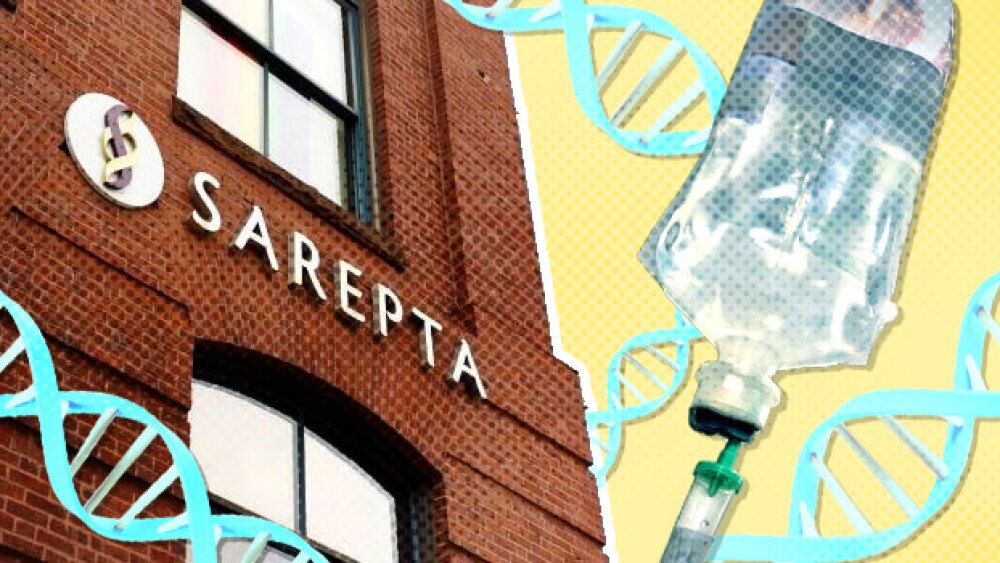BOSTON, Mass. (February 6, 2008)—Perhaps the only positive spin one can put on the brain cancer glioblastoma is that it’s relatively uncommon. Other than that, the news is bad. It is nearly always fatal, it tends to strike people in the prime of their lives, and the limited treatment options have changed little over decades. It’s no wonder then that many researchers are determined to find new ways treat this poorly understood type of cancer. One approach focuses on a gene called STAT3. In several tumors, STAT3 takes the role of an oncogene, that is, a gene whose normal functions are derailed and, as a result, becomes a driving force in a tumor’s development. Clearly then, blocking STAT3 would deal a major blow to such tumors. But a new study led by a team at Harvard Medical School has found that STAT3 isn’t always the villain. While it does behave as an oncogene in certain types of glioblastoma, in others it becomes what’s called a “tumor suppressor gene,” a type of gene often responsible for keeping the renegade cancer cells in check.




